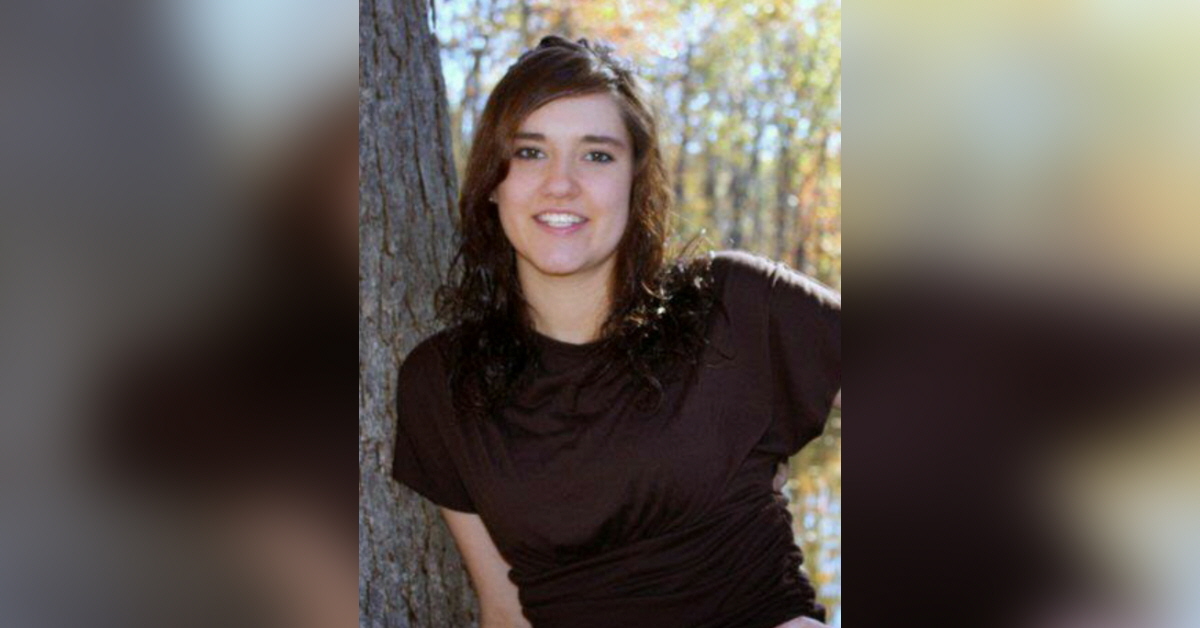

Allysia finley install#
The administration requires that electrical workers who install and maintain the stations be certified by the union-backed Electric Vehicle Infrastructure Training Program. New York also says it will be challenging to comply with the web of federal rules, including the National Environmental Policy Act, the Americans with Disabilities Act, the Uniform Relocation Assistance and Real Property Acquisition Policies Act of 1970, and a 1960 federal law that bars charging stations in rest areas. New Jersey says these could “delay implementation by several years” since only a few manufacturers can currently meet them. Like other federal inducements, these grants may entice states to assume what could become huge financial liabilities.įederal funds also come with many rules, including “buy America” procurement requirements, which demand that chargers consist of mostly U.S.-made components. The administration aims to build 500,000 stations, but states will likely have to spend their own money to keep them running. Many other states echo this concern, noting that federal funds could result in stranded assets. If an EV charging station is built in an area without electrical capacity and infrastructure to support its use, it will be unusable until the appropriate upgrades are installed.”Īrizona says “private businesses may build and operate a station if a grant pays for the first five years of operations and maintenance” but might abandon the project if it later proves unprofitable. New Mexico warns that “poor station maintenance can lead to stations being perpetually broken and unusable, particularly in rural or hard to access locations. Tesla has already scoped out premier charging locations for its proprietary network. Wyoming says out-of-state traffic from non-Tesla electric vehicles would have to increase 100-fold to cover charger costs under the administration’s rules. Illinois, for one, warns of “challenges related to sufficient electric grid capacity, particularly in rural areas of the state.”Ĭharging stations in rural areas with little traffic are also unlikely to be profitable and could become “stranded assets,” as many states warn. But most state electrical grids aren’t built to handle this many charging stations and will thus require expensive upgrades. The Transportation Department is requiring states to build charging stations every 50 miles along interstate highways and within a mile of off-ramps to reduce the likelihood of these scenarios.

How many would have been stranded as temperatures plunged? There wouldn’t be enough tow trucks-or emergency medics-for people freezing in their cars. Imagine if the 100 million Americans who took to the road over the holidays were driving electric cars. At 32 degrees-a typical winter day in much of the country- a Tesla Model 3 that in ideal conditions can go 282 miles between charges will make it only 173 miles. A vehicle that’s supposed to be able to go 250 miles between charges will make it only 135 miles on average. Maine notes in a plan submitted to the Federal Highway Administration this summer that “cold temperatures will remain a top challenge” for adoption, since “cold weather reduces EV range and increases charging times.” When temperatures drop to 5 degrees Fahrenheit, the cars achieve only 54% of their quoted range. But it’s a problem when even the states are warning the administration that electric vehicles aren’t ready to go mainstream. Last year’s infrastructure bill included $7.5 billion in grants for states to expand their charging networks. The Biden administration seems to believe that millions of Americans will rush out to buy electric vehicles if only the government throws enough subsidies at them.

Toyoda said in Thailand, “I think BEVs are just going to take longer to become mainstream than the media would like us to believe.” He added that a “silent majority” in the auto industry share his view, “but they think it’s the trend, so they can’t speak out loudly.” “Just like the fully autonomous cars that we were all supposed to be driving by now,” Mr. Toyota CEO Akio Toyoda recently caused the climate lobby to blow a fuse by speaking a truth about battery electric vehicles that his fellow auto executives dare not. A Tesla Model 3 at a charging station in Colonie, N.Y., Nov.


 0 kommentar(er)
0 kommentar(er)
